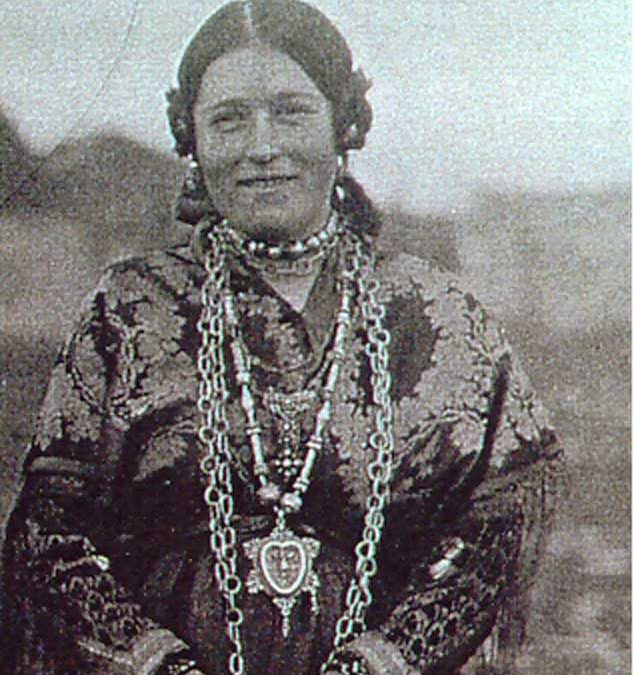This succinct document aims to highlight several aspects (many others due to lack of space will not be highlighted) that characterize popular jewelry. As is well known, adornment is something that has characterized the human species since ancient times throughout the known world and no matter what culture. You just have to take a look, to corroborate what has been said, at the archaeological findings, historical documentation, painting, visual media (analog and digital), to realize this generalized reality that is ornament. In it, of course, we include the different manifestations of jewelry.
When we talk about popular jewelry, we are referring to the various ways of adorning themselves that different people have and have had. In the case of our country, they are the ornaments used, we would almost dare to say, in the last five hundred years and, evidently, those that have reached our days or that have been represented in the different visual arts (and described in the texts). , exhibited in the multiple museums of the State. Currently they are only visible in the lives of our people at very special moments (parties, weddings...) as an ornament to their traditional costumes.
The largest number of popular jewels that we can see today can be dated from the 16th century to the most recent examples made today. They are specimens from the west and northwest of our country, with magnificent pieces from Salamanca, León, Zamora and the provinces of Extremadura, which does not mean that in various museums you can see jewels from other sources.
It was common in rural Spain for women to receive as a gift (especially as a marriage dowry) a certain number of jewels that throughout their lives, depending on the prosperity of their economy, would increase and that were valued, regardless of Its aesthetic and sentimental value, as an investment in case in the future a necessity, a bad economic situation, demanded quick money that, logically, would come out of that “savings bank” that was the jewelry. There is a significant number of documents in which these trousseaus are valued and which clearly indicate what we are looking at.
In a very general way, we can say that the examples of this popular traditional jewelry show a high degree of aesthetic qualities and a lot of artisan skill in their production. In addition, in them you can see a large number of their own characteristics such as filigree, both in gold and silver, which we find as part of necklaces, earrings, brooches and other decorations applied to the costume. Special mention deserves the abundant rhinestones that this popular craft uses for its decoration, from necklaces, to earrings, to appliqués on various components of the costume or accessories. Gemstones in which coral, glass of all kinds, jets, agates...
To conclude this first part, it would be worth clarifying that although we include jet among the stones, we must say that it is of organic origin, no matter how petrified it may seem to us, so it is not strictly speaking a mineral.
® Americo Lopez




Hello artist!!!! Your jewelry is beautiful, full of color and with a special touch.
It looks like a lot of time work and at the same time super creative. I love them and I'm sure you will be very successful, art always progresses.
All the best.
Américo, it remains for you to say that they can be seen in the Jewelry Museum.
In the second part of the article (https://koko-soko.com/joyeria-popular-adornos-y-simbolos-2/) is said! All the best